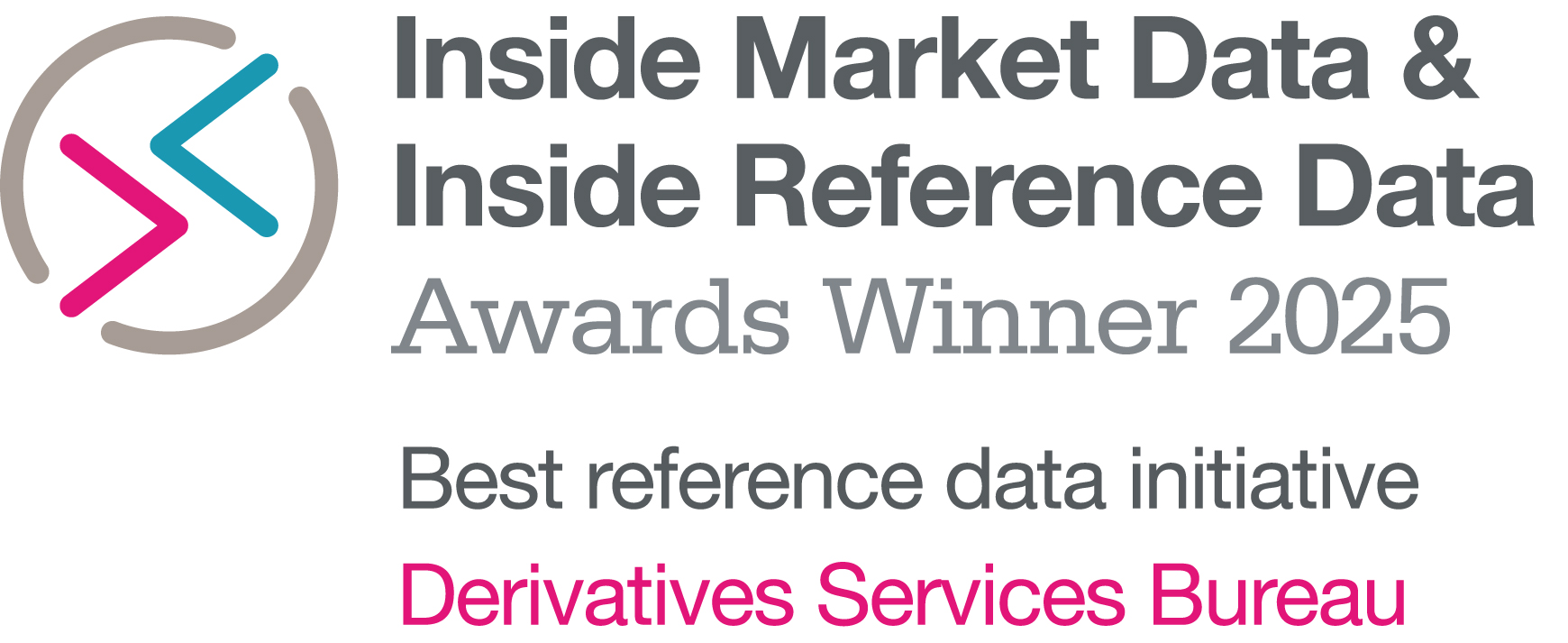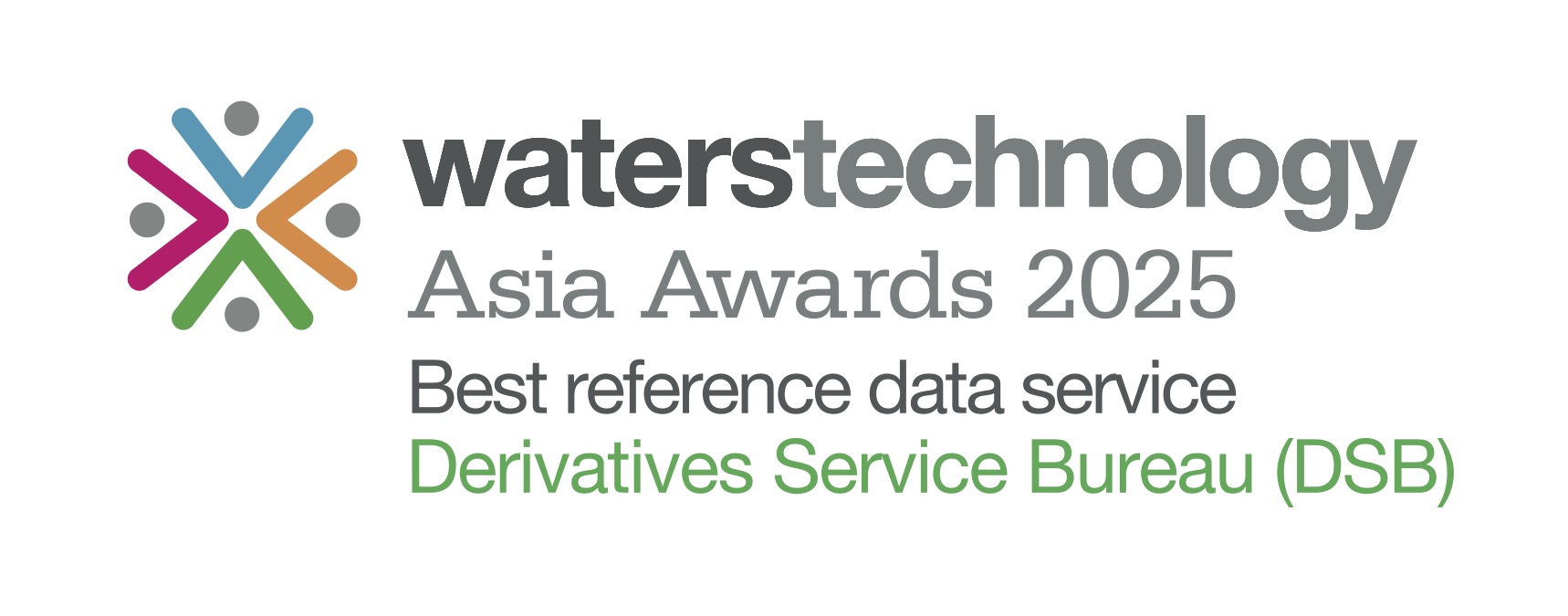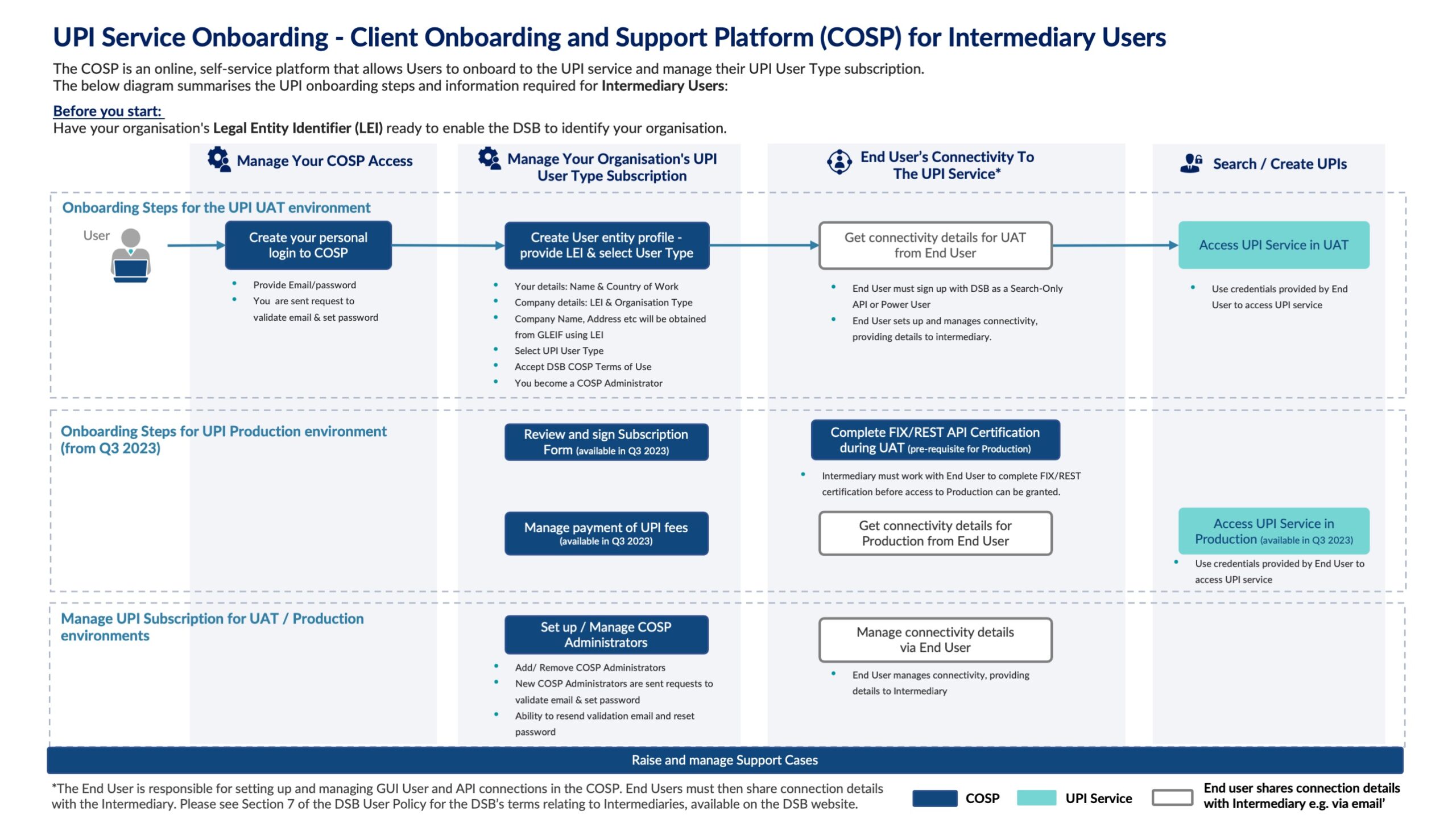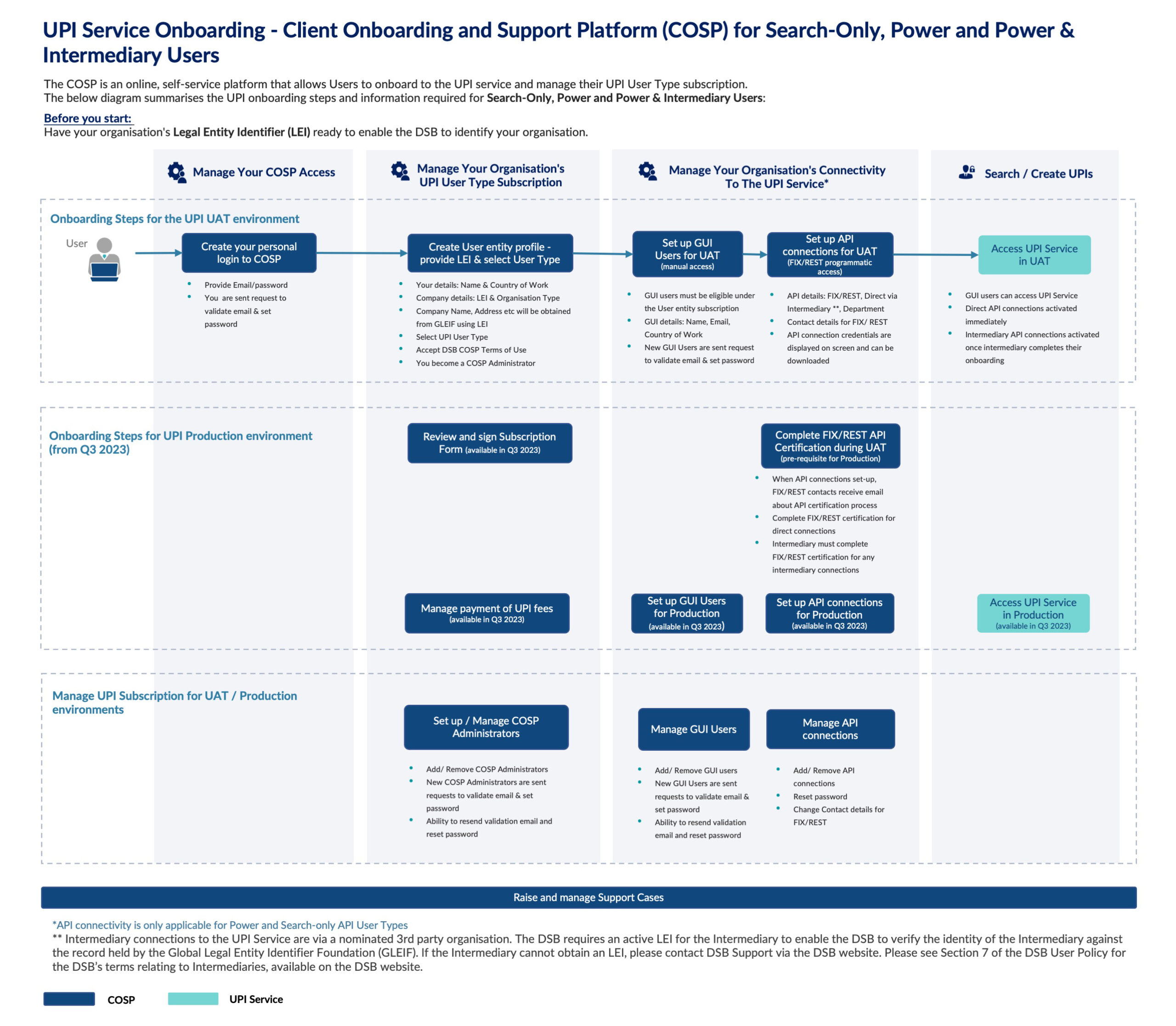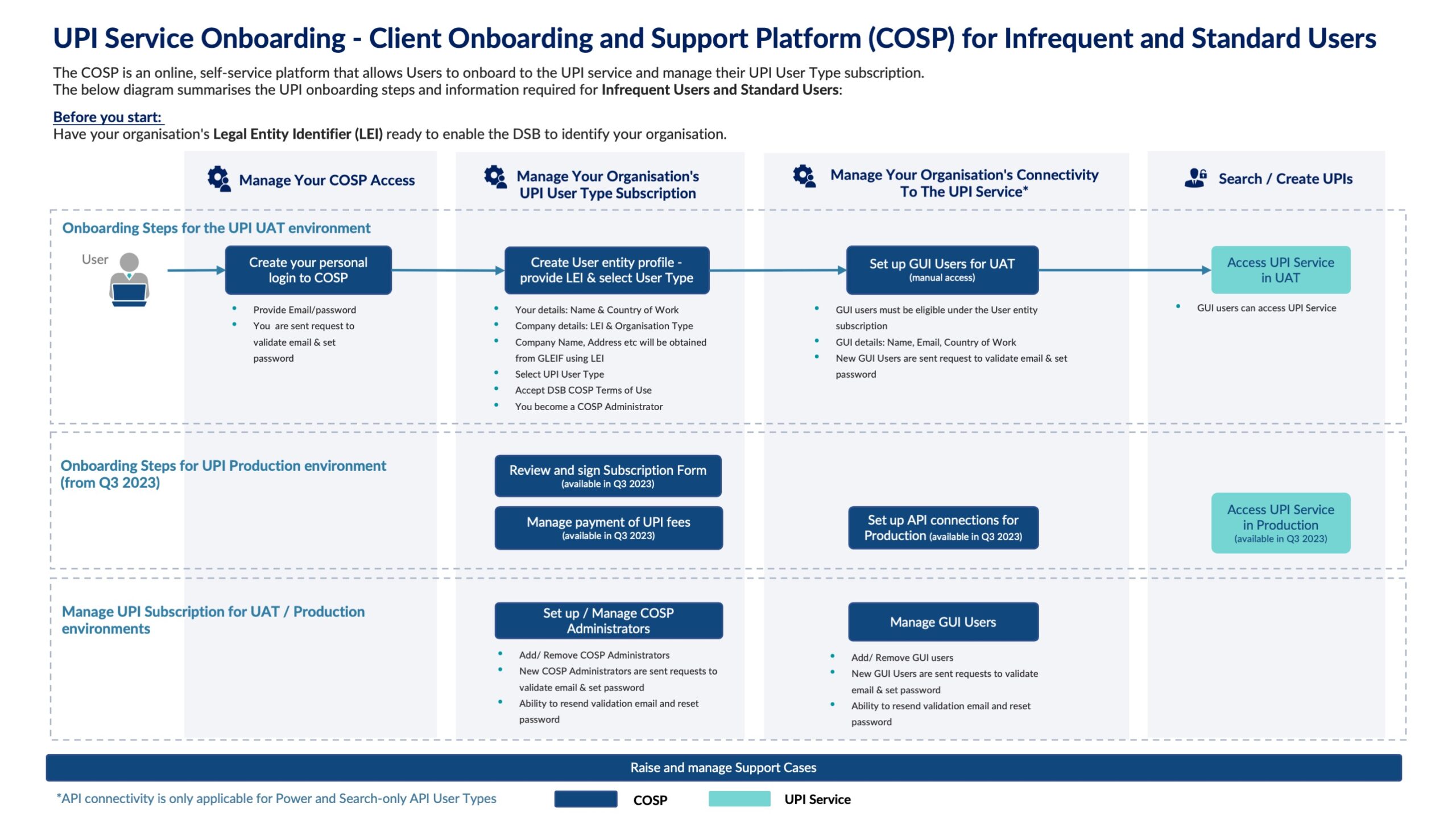The DSB spoke with Chris Pulsifer, a Software Development Manager at Bloomberg, about his role as Chair of the DSB Technology Advisory Committee (TAC), and the TAC’s focus on supporting the industry’s OTC derivative reference data workflows.
Q1. You have picked up the baton from David Broadway as chair of the TAC, what have been the key priorities of the new term?
For the first few years, the TAC was focused on helping the DSB roll out the service and make sure it was delivering on the technical requirements to support MiFID regulations. As we move into the second term, we are shifting our focus to the maturity of the system and infrastructure, including strengthening security procedures and protocols.
To better focus on the infrastructure platform, the TAC has formed a new Cloud Architecture Subcommittee (CASC). This sub-committee will focus on the risks and challenges presented by a cloud native platform, initially focusing on the evaluation of multi-cloud solutions. The CASC will also review regional fail-over designs, as well as other cloud infrastructure-specific issues.
Q2. How is the TAC helping to shape the collaboration on UPI with industry?
For the second term of the TAC, we have broadened the geographic profile of the TAC membership. The initial membership was recruited from participants from markets subject to MiFID II/MiFIR. As UPI implementation will have further reach and impact, it was important to ensure the TAC had a more global membership.
We hope to gather feedback and input from additional sources to provide more encompassing guidance to the DSB, whose services will need to work well for a wider range of environments and use cases, and across a range of time zones and jurisdictions. Input from the TAC should help guide the implementation of robust standardized interfaces that can support all users as the UPI is rolled out globally.
Serving the industry’s UPI needs will put a heavier load and responsibility on the DSB infrastructure, making the review and guidance function of the TAC even more critical. As a group, we need to ensure that the platform is stable and resilient, and that it can continue to support existing OTC ISIN users, as well as new users requiring just the UPI. Adding the UPI to the existing OTC ISIN services undoubtedly adds further criticality to the DSB’s operations, and the TAC is therefore more important than ever.
Q3. What expertise does the TAC bring to the DSB and why is it so important?
The TAC membership represents different entities who need the DSB’s services. Many of the TAC members are data and technology experts. Their feedback helps the DSB ensure its services not only meet regulatory requirements, but also integrate well into the industry’s different systems.
Industry utilities need to be efficient for all, and we hope our guidance helps achieve that goal. As the technology surface grows, the broad set of experiences represented by the TAC membership serves as a pool of expertise to face new technical and regulatory challenges.
Q4. How does the TAC complement the Product Committee?
Implementing OTC derivative services requires a broad and multi-faceted approach. Separating instrument definitions (covered by the PC) from technical delivery (covered by the TAC) allows both committees to focus on their areas of expertise and provide better guidance to the DSB.
Committees also reach out to each other for assistance with information or to review proposals. This enables them to vet their ideas with another group that understands the context of the work. The opportunity to focus on your area of expertise, while knowing that experts in other areas are available, has been invaluable for the success of both committees.
Q5. What are some of the key challenges industry faces in aligning OTC derivatives related workflows and underlying infrastructure needs in 2021 and beyond?
The regulatory landscape continues to evolve, and the technology decisions we make now will have a far-reaching effect.
In designing the systems and services for the UPI, lessons learned from the implementation of OTC derivative ISIN services were taken onboard. The work we are doing now around security and stability will be critical in completing the implementation of the UPI service, as well as any future systems needed around ISINs and UPIs.
Market participants have a critical dependency on the data and services provided by the DSB. With help from the TAC, the DSB will need to constantly improve its services to keep up with the demand, while also being able to make sure it provides the most technically efficient platform to cater for the needs of the market. As market players are required to build more and more complicated systems for compliance, the reliability and performance of the DSB’s services is of crucial importance.
Q6. How can market practitioners get involved in the work of the TAC?
Considering the broad range of topics considered by the TAC, we are always looking for additional input to help us make sure we are on the right path. There are several ways that individuals can take part in the TAC’s activities.
The TAC Charter [https://www.anna-dsb.com/download/technology-advisory-committee-charter/] lays out the formal membership of the committee. Anyone interested in becoming an active member can reach out to the TAC Secretariat [dsb.tac@anna-dsb.com] to inquire about membership.
The DSB regularly runs industry consultations, both annually and for special needs, to gather information from market participants. Some of the questions in the consultations will apply to areas under review by the TAC. Responding to those consultations through your company is a valuable way to provide insight and feedback to the TAC.
Furthermore, the meetings of the TAC are open to the public. If you’re interested in what we are working on and would like to hear our discussions, you can register to attend our meetings on the website. If you have input for the TAC based on what you hear there, you can then send feedback to the TAC Secretariat [dsb.tac@anna-dsb.com].



